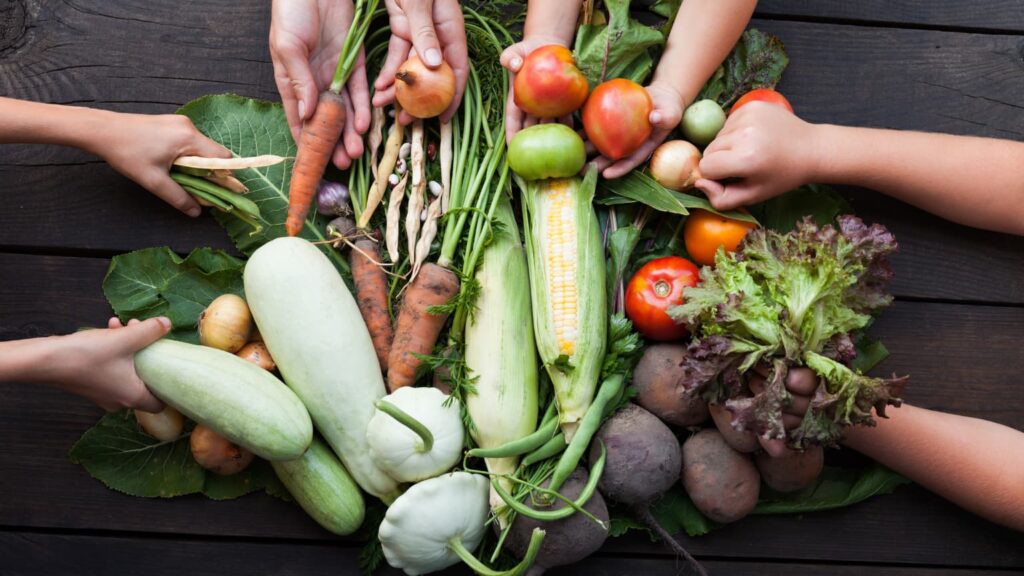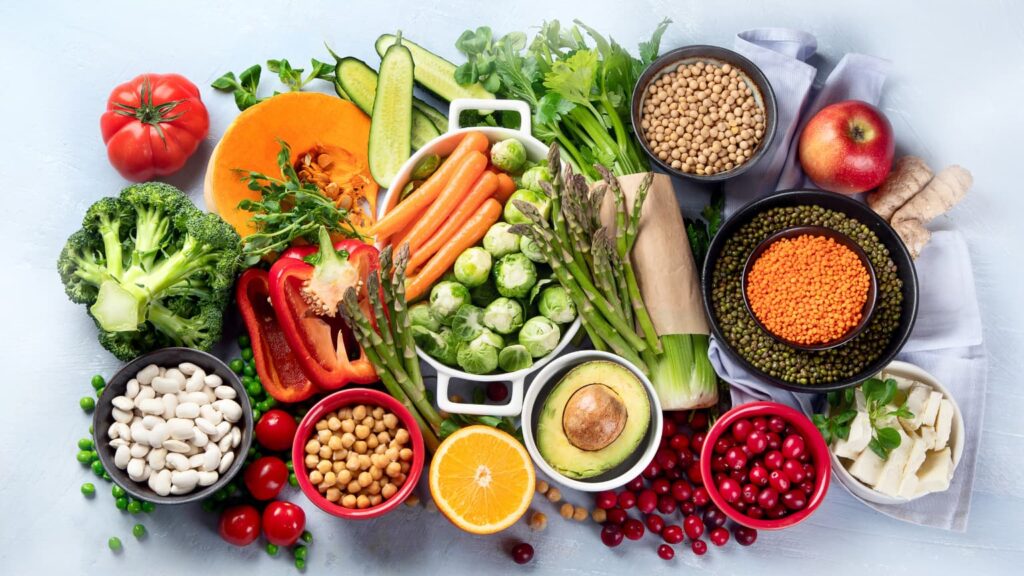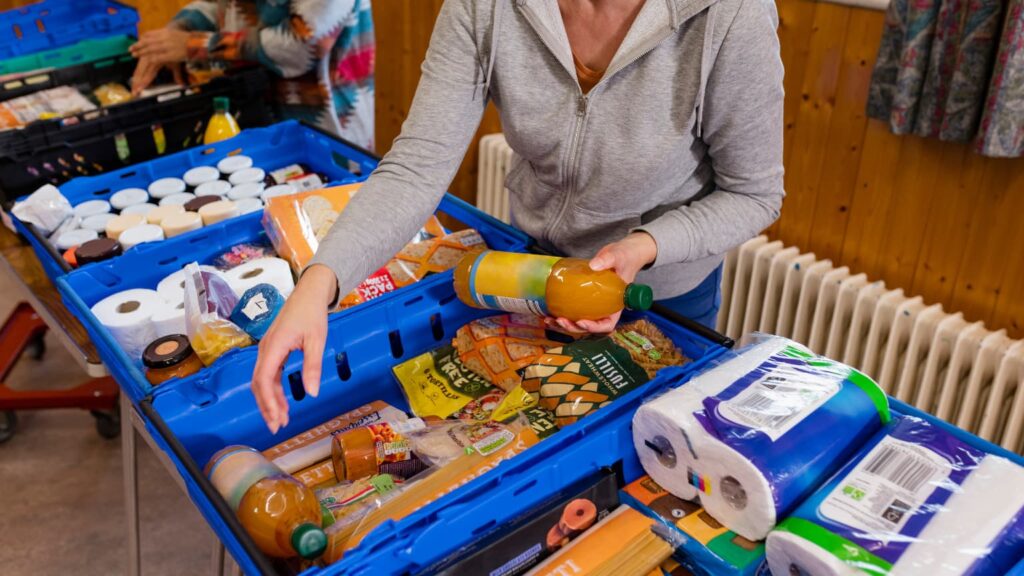Organizations like the UN are known for combating food insecurity on a massive scale. Given the scope of these projects, the regular concerned citizen might need help to see how they can contribute to such a widespread problem.
However, everyone can help. Enough small changes, added together, can create a significant difference. Combined with large-scale efforts, prevalent behavioral changes in everyday citizens can help turn the tide in the battle against food insecurity — which threatens the well-being of 820 million people around the globe.
What Is Food Insecurity?

Food insecurity happens when a person’s basic daily needs for food or water aren’t met, and it has a variety of causes:
- Lack of water and access to suitable farmland
- Depleted soil nutrients
- Conflict
- Over-commercialization and commercial use of farmland
- Population growth
- Non-food agriculture, such as biofuels or animal feed
- Climate change
- Food waste
Despite these various determinants, they all have the same result: a lack of access to healthy, nutritious food. In addition to hunger, the effects of food insecurity include chronic health conditions that affect everything from the heart to the teeth.
With decreased supply, the cost of food also rises. Higher prices stratify food quality, and therefore health, between social classes. And indirect costs such as government welfare expenditures and healthcare costs create a vicious cycle.
Governments can respond in one of two ways. They can either raise taxes and increase the financial burden on their citizens or divert funds from infrastructure, defense, development, and other vital programs.
Still, there’s more individuals and families can do that will help this global crisis without governmental intervention.
1. Reduce Personal Food Waste

One-third of all food production on Earth goes into the garbage. While spoilage from slow transportation and inadequate storage can cause some waste, plenty of others come from household waste.
Individual households can reduce food waste by carefully assessing the food they need when purchasing groceries and then removing any unused food they might discard. They can also eat leftovers rather than throw away food after a meal and try to consume all their food before it spoils.
2. Support Fair Trade and Sustainable Farming Practices

When households purchase fair trade goods, they support smaller farmers at a reasonable price. These farmers can’t afford to absorb their losses through other large ventures the way major corporations can; instead, they rely on every food purchase to sustain their livelihoods.
Farmers who can’t afford to purchase new land can, should, and do capitalize on sustainable farming practices. Sustainable farming helps ensure the well-being of farmland and offers solutions for long-term food availability by encouraging:
- Soil health
- Biodiversity
- Responsible farming and interaction with the environment
These goals contribute to the long-term viability of small local farms, agriculture as an industry, and worldwide food availability.
3. Encourage Food Diversification

A diverse diet enhances nutritional health and provides households with a buffer in the face of crop shortages. It also encourages creativity in meal planning to add healthy — and flavorful — variety to individual diets.
Reduced demand for single crops also increases agricultural productivity and business resilience as farmers can rotate crops without risking their financial well-being. The diverse crop production allows vital nutrients to return to the soil and maintain larger yields without harming the environment.
4. Buy Local

Much like fair trade practices, support for small farmers in local communities reduces demand for long-distance food transport. Vessel and truck shipping has an enormous environmental impact and produces vast quantities of food waste in cases when packaging, refrigerator, and other processes go wrong.
Like fair trade farmers, local farmers also have a greater vested interest in the quality of their products and can invest more time in individual plants and fields. The additional care helps high-quality crops make it to your table and fosters a sense of community as you benefit from and support the hard work of someone you know.
5. Donate Nonperishables

A practical and easy way to address food insecurity in the immediate area involves donating unused, nonperishable food. Food banks, shelters, and other charitable organizations rely on personal donations to feed those most likely to suffer food insecurity.
The best donation options include staples that don’t quickly expire, like beans, pasta, rice, and nutritious canned vegetables and fruits. These options have a long shelf life, which allows the recipient organization to make good use of the donation when needed.
6. Volunteer and Educate

Regular people with the time and ability can help end food insecurity by joining community development programs. These initiatives offer the opportunity to plant gardens, build freshwater management infrastructure, and construct other longtime benefits for communities worldwide.
Bringing volunteers into the construction and development process adds a crucial human element. It also imbues the development projects with a sense of community.
7. Combat Climate Change

Climate change threatens food security everywhere. Rising sea levels, rougher storms, and other dangerous results of climate change threaten human lives and devastate agricultural communities.
Reduced yields and unpredictable agricultural conditions lead to difficult harvests. These can damage or eliminate the livelihoods of small farmers and reduce global access to nutritious food as prices rise. Reducing your personal carbon footprint through renewable energy, recycling, and other measures can promote long-term global food security.
Pramod Sajja, CEO & President at Paramount Software Solutions (farmtoplate.io).
